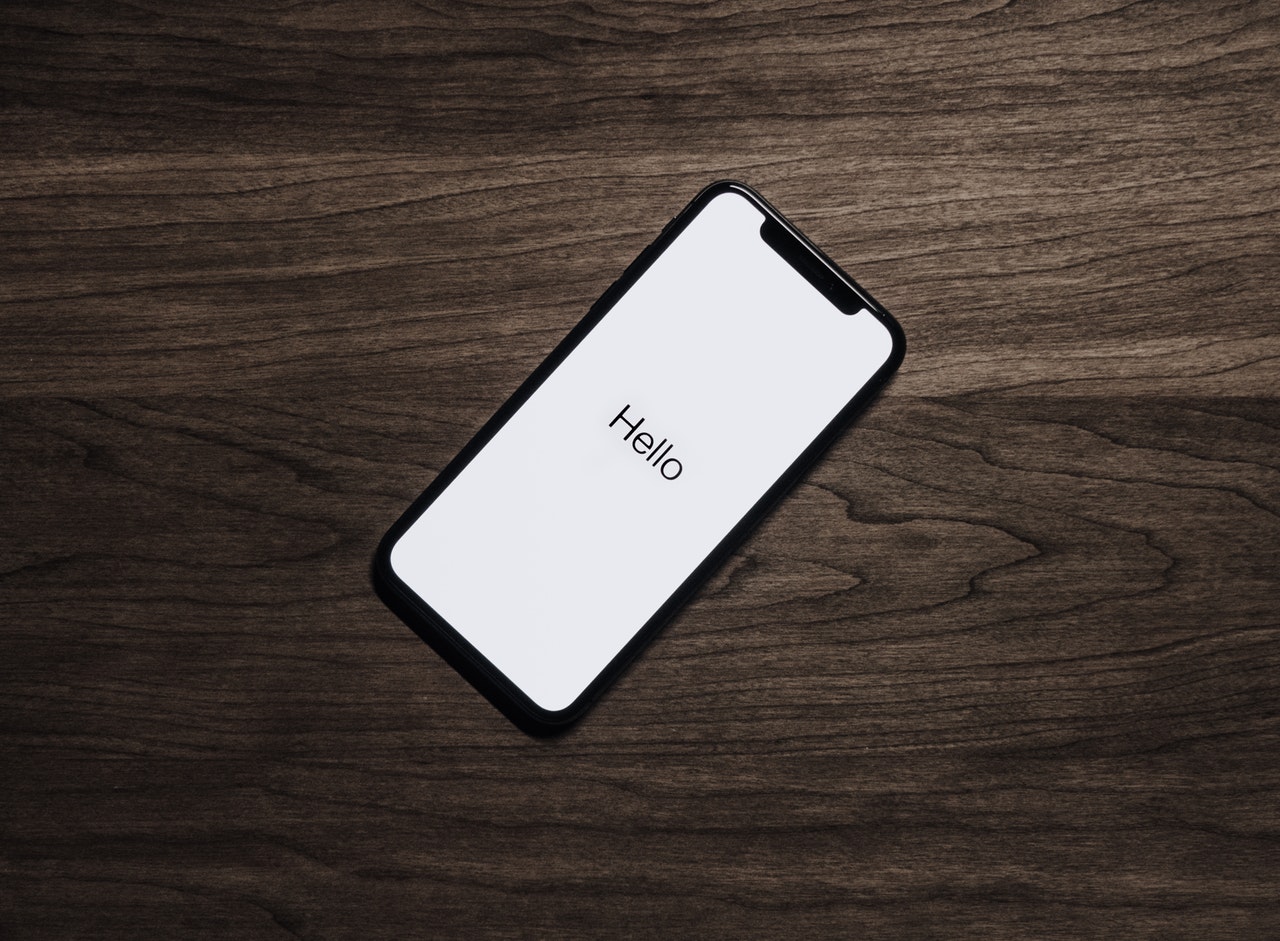
Apple’s newest phones – the iPhone 11 Pro and 11 Pro Max, both tout a triple-camera setup. But this is not a new feature. In fact, Apple is one of the last smartphone manufacturers to include a wide-angle lens on its phone cameras. Samsung introduced it on the Galaxy S10 and S10+ early in 2019 while LG added a wide-angle lens to its G5 and V20 phones in 2016. In addition to cameras, Samsung has experimented with mobile desktop interfaces, gesture controls, folding screens, and more in the past year.
Apple is relying on tech customers who are already familiar with cameras, and taking a backseat when it comes to smartphone innovation. But the company’s dedication to familiar technology could beneficial to iPhones.
Companies that make Android devices have a lineup of smartphone firsts that have found their way to Apple iPhones. Two years before the iPhone 5S brought TouchID to the iPhone, Motorola built a fingerprint sensor into its Atrix 4G phone back in 2011.
But sometimes these innovations come at the cost of quality. Take the Samsung Galaxy Fold for instance. Although Samsung was not the first phone company to release a foldable smartphone, it was the largest company to do so. It created the most buzz around this technology in the US. But the phone has not been in good standing, reporting numerous problems with the screen and hinge mechanism.
Apple understands what its customers want. As per a recent study, the camera is one of the five most important features in a smartphone according to customers. Apple has ticked that box on the iPhone 11 Pro lineup. This same poll also suggests ease of use, battery life, durability and memory is important to phone buyers as well. Most of these were addressed during the iPhone 11 announcement. This reliance on familiar technology also allows Apple to focus on new ventures, like Apple TV+ and other devices and services Apple has not made public yet.
You may also like
-
The Best Celebrity Fashion and Beauty Brands You Probably Forgot About
-
Can Huawei can thrive without U.S. tech sales? Next few months will show
-
Wall Street soars high on Apple-led rally in technology shares
-
Kevin Hart Faces A Lawsuit Of $60 million over 2017 Las Vegas hotel room recording
-
The G-7 Summit In France – Major Issues But Minimal Expectations

